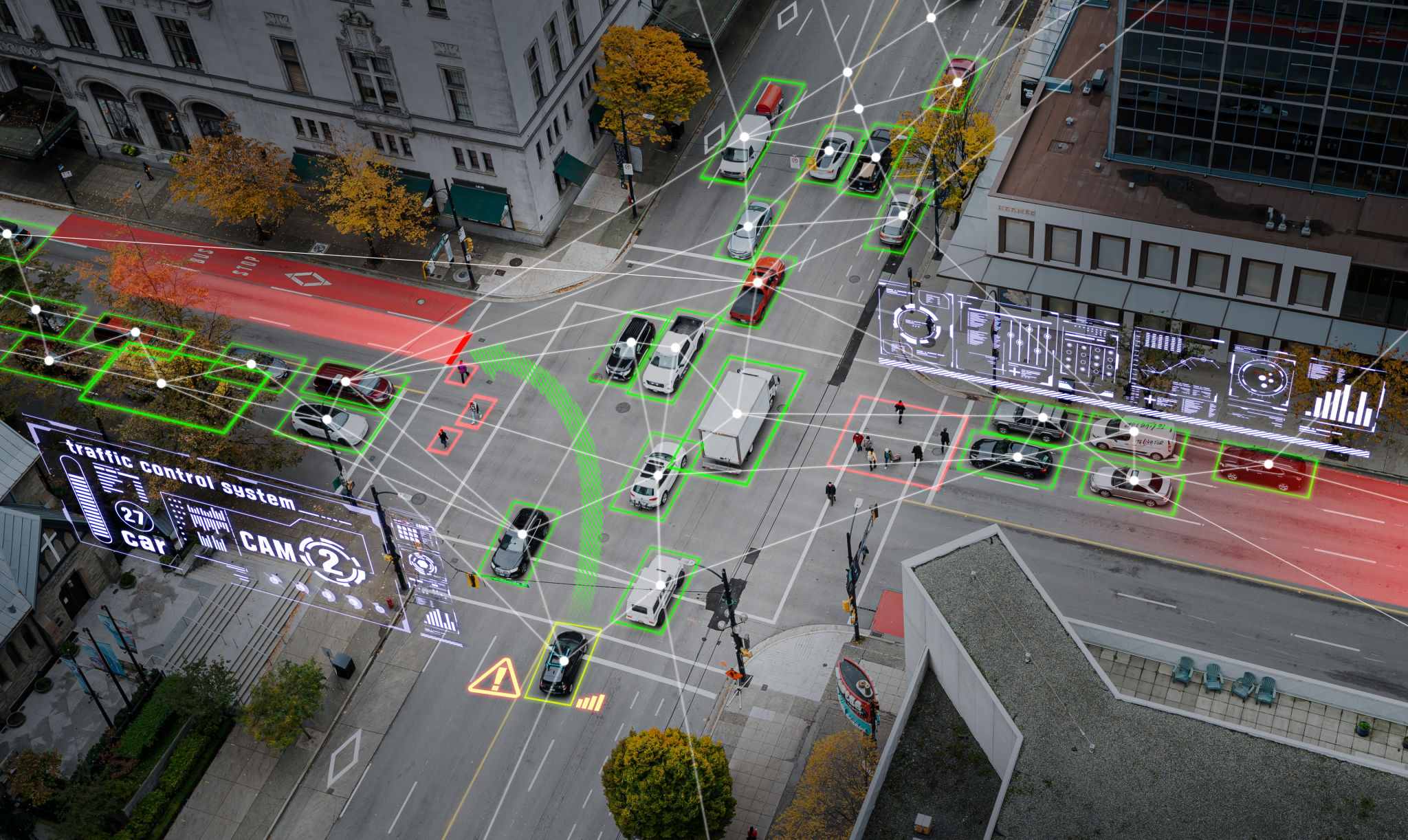Top 5 Ways Smart Cities Improve Quality of Life
Introduction to Smart Cities
As urban areas continue to grow, the concept of smart cities has emerged as a revolutionary way to enhance the quality of life for residents. By integrating technology, data, and sustainable practices, smart cities aim to create more efficient and livable environments. Here are the top five ways smart cities improve the quality of life.

1. Enhanced Transportation Systems
Efficient Public Transit
Smart cities revolutionize transportation through the implementation of intelligent systems that streamline public transit. By utilizing real-time data, cities can optimize bus and train schedules, reducing wait times and improving reliability. This encourages more people to use public transit, decreasing traffic congestion and pollution.
Smart Traffic Management
Advanced traffic management systems are another critical component. These systems use sensors and connected devices to monitor traffic flow and adjust signals dynamically. This reduces bottlenecks and improves overall traffic efficiency, making commutes quicker and less stressful for all residents.

2. Sustainable Energy Solutions
Renewable Energy Integration
Smart cities prioritize sustainable energy by incorporating renewable sources like solar and wind power. This not only reduces the carbon footprint but also ensures a stable and cost-effective energy supply. Residents benefit from cleaner air and lower energy costs, enhancing their overall quality of life.
Energy-Efficient Buildings
Additionally, smart buildings equipped with energy-efficient technologies play a crucial role in sustainability. These buildings use smart meters and IoT devices to minimize energy consumption, ensuring that resources are used effectively without compromising comfort.

3. Improved Public Safety
Smart Surveillance Systems
The integration of smart surveillance systems in urban areas greatly enhances public safety. High-definition cameras and AI-driven analytics help law enforcement monitor public spaces more effectively, enabling faster response times to incidents and deterring criminal activities.
Emergency Response Optimization
Moreover, smart cities use technology to optimize emergency response services. By using GPS and data analytics, emergency teams can be dispatched more efficiently, ensuring faster assistance during critical situations.
4. Better Waste Management
Smart Waste Collection
Efficient waste management is crucial in maintaining a clean environment. Smart cities employ sensor-equipped bins that notify waste collection services when they are full, ensuring timely pickups and reducing overflow issues.
Recycling Initiatives
Furthermore, innovative recycling initiatives educate residents on proper waste disposal methods, encouraging sustainable practices and reducing landfill contributions.

5. Enhanced Connectivity and Communication
Public Wi-Fi Access
Smart cities provide widespread public Wi-Fi access, ensuring residents can stay connected at all times. This fosters economic growth by enabling businesses to thrive and residents to access essential services remotely.
Open Data Platforms
Finally, open data platforms empower citizens by providing access to municipal information. This transparency encourages community participation in decision-making processes, leading to more informed and engaged citizenry.

Conclusion
The evolution of smart cities presents numerous opportunities to improve the quality of life for urban dwellers. By focusing on transportation, sustainability, safety, waste management, and connectivity, these cities create environments that are not only more livable but also future-ready. As technology continues to advance, the potential for smart cities to enhance urban living will only grow.
